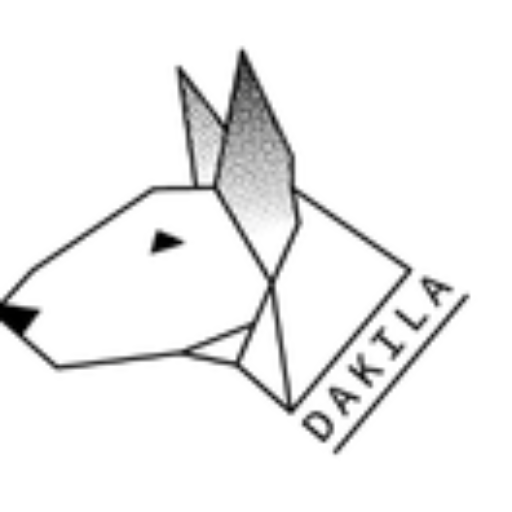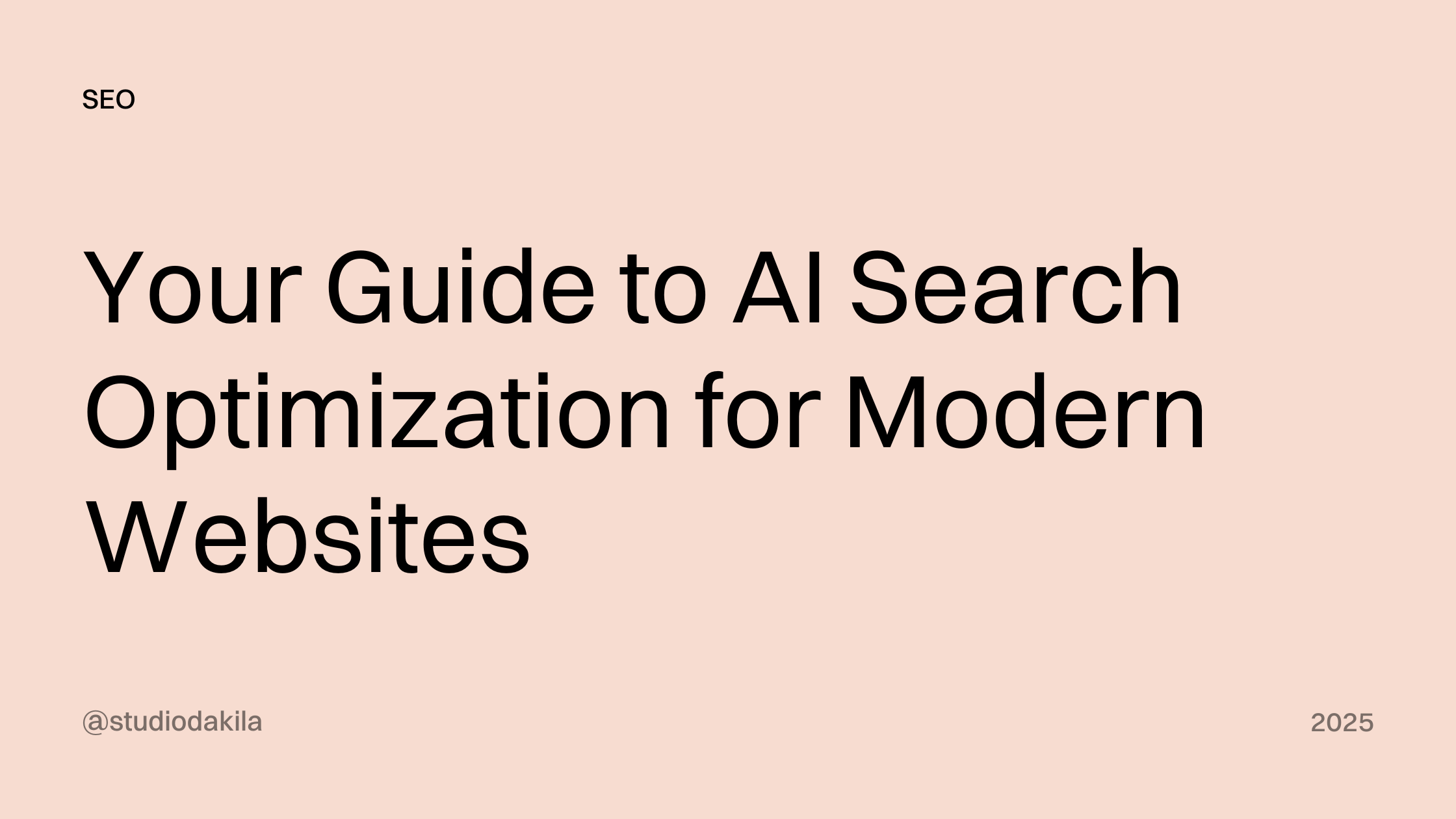Search changed dramatically while you weren’t looking. AI Overviews now dominate 57% of search results, up from just 25% eight months ago. That’s a 128% increase in AI-powered search visibility that’s reshaping how content gets discovered.
Your content strategy needs to evolve beyond traditional SEO. AI agents and search engines now determine whether your content gets discovered, cited, or completely ignored. This shift affects everything from marketing strategies for small businesses to enterprise-level content operations.
The rules have shifted fundamentally. What worked for Google’s algorithm doesn’t necessarily work for ChatGPT, Claude, or Perplexity. Understanding AI search optimization has become essential for maintaining online visibility.
The AI Crawler Reality Check
Most websites remain invisible to AI systems through basic configuration oversights that could easily be fixed.
Only 37% of top domains have properly configured robots.txt files for AI crawlers. Even more concerning, 34% of AI crawler requests result in 404 errors or timeouts. This creates massive opportunity for content creators who understand AI-specific optimization requirements.
The technical barriers aren’t complex. They’re just different from traditional SEO services approaches. While conventional SEO focuses on keyword density and backlinks, AI search optimization prioritizes content structure, semantic clarity, and technical accessibility.
Structure Your Content for AI Comprehension
AI systems process content differently than human readers. They scan for logical hierarchy, clear relationships between ideas, and semantic meaning patterns that enhance both SEO and user experience.
Start with clean HTML or markdown structure. Use proper heading tags (H1, H2, H3) to create content hierarchy that AI can parse quickly. This structured approach benefits both AI crawlers and human visitors.
Write in short, focused paragraphs. Each paragraph should contain one main idea with supporting details immediately following. This format makes content more scannable and improves comprehension rates.
Place your most important information in the first 200 words. AI systems with tight timeouts may truncate content after 1-5 seconds of processing time, making early information placement crucial for AI search optimization success.
Configure Your Technical Foundation
Your robots.txt file controls which AI crawlers can access your content. Most sites block AI crawlers by default or through misconfiguration, missing valuable visibility opportunities.
Add specific permissions for major AI crawlers:
Check your firewall and security settings carefully. Many websites accidentally block AI crawlers through overly restrictive security configurations that weren’t designed with AI systems in mind.
Ensure your site loads quickly. AI systems abandon slow-loading pages more aggressively than human visitors, making site speed a critical factor in AI search optimization strategies.
Implement Semantic Markup for Better AI Understanding
Structured data helps AI systems understand your content’s context and relationships. JSON-LD schema markup provides the clearest format for AI interpretation and supports effective AI search optimization.
Focus on these essential schema types:
- Article markup for blog posts and guides
- Organization markup for business information
- FAQ markup for question-based content
- How-to markup for instructional content
Well-structured content appears in AI citations even without extensive schema markup. Clear writing and logical organization often outperform keyword-stuffed content with perfect technical markup.
Create an llms.txt File
The llms.txt file represents an emerging standard for AI search optimization. This markdown document lives at your website’s root directory and serves as a curated guide for AI language models.
Create a file at yoursite.com/llms.txt containing:
- Brief site description and purpose
- Key topics and expertise areas
- Important pages and resources
- Contact information and attribution preferences
This file strips your site down to essential information that AI systems can quickly parse and understand, making it especially valuable for businesses implementing marketing strategies for small businesses.
Optimize for Speed and Accessibility
AI crawlers have less patience than human visitors. Page speed directly impacts AI visibility and overall search performance.
Minimize JavaScript complexity. Many AI crawlers don’t execute JavaScript well, if at all. Ensure critical content loads in clean HTML that’s accessible to both AI systems and users with disabilities.
Use descriptive alt text for images. AI systems rely on alt text to understand visual content context, which enhances both accessibility and AI search optimization effectiveness.
Structure your URLs logically. Clear, descriptive URLs help AI systems understand content relationships and site architecture while improving overall SEO and user experience.
Monitor Your AI Visibility
Traditional analytics don’t capture AI crawler behavior. You need specialized monitoring to understand AI engagement with your content and measure AI search optimization success.
Check your server logs for AI crawler activity. Look for user agents from GPTBot, Claude-Web, and other AI systems to understand which platforms are accessing your content.
Monitor for AI citations of your content across major platforms. Set up alerts for your brand name and key topics in AI-generated responses to track your content’s influence.
Track which content appears in AI search results and summaries. This data reveals what AI systems consider most valuable from your site and informs future optimization efforts.
The Integration Approach
Successful AI search optimization requires balancing technical precision with human-centered content creation. AI systems reward clear communication and logical structure over keyword manipulation tactics.
Focus on creating genuinely helpful content that answers specific questions. AI systems excel at matching user intent with relevant, well-structured information that provides real value.
Maintain your authentic voice while ensuring technical accessibility. The goal is making your expertise easily discoverable and citable by AI systems without sacrificing content quality.
This balanced approach benefits businesses of all sizes, from enterprises to those developing marketing strategies for small businesses, by ensuring content reaches both human audiences and AI platforms effectively.
Key Takeaways
- AI Overviews now appear in 57% of search results, making ai search optimization essential for visibility.
- Proper technical configuration like robots.txt and schema markup dramatically improves AI crawler access.
- Creating structured, fast-loading content with clear hierarchy helps both AI systems and human users.
Ready to Optimize Your Content for AI Search?
Don’t let your valuable content remain invisible to AI systems that increasingly control search visibility. Our expert team specializes in AI search optimization strategies that boost your presence across traditional search engines and AI platforms. We’ll audit your current setup, implement technical improvements, and create content strategies that work for both human readers and AI systems.
Frequently Asked Questions
AI search optimization is the process of making your content accessible and understandable to AI systems like ChatGPT, Claude, and search engine AI overviews.
While traditional SEO focuses on keywords and backlinks, AI optimization prioritizes content structure, semantic clarity, and technical accessibility for AI crawlers.
Basic AI optimization can be achieved with standard web development tools, proper HTML structure, and configuration files like robots.txt and llms.txt.

